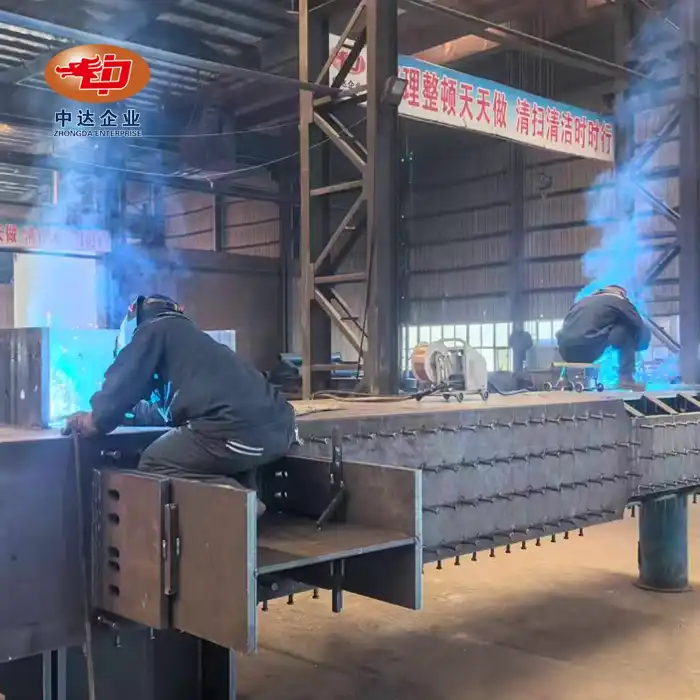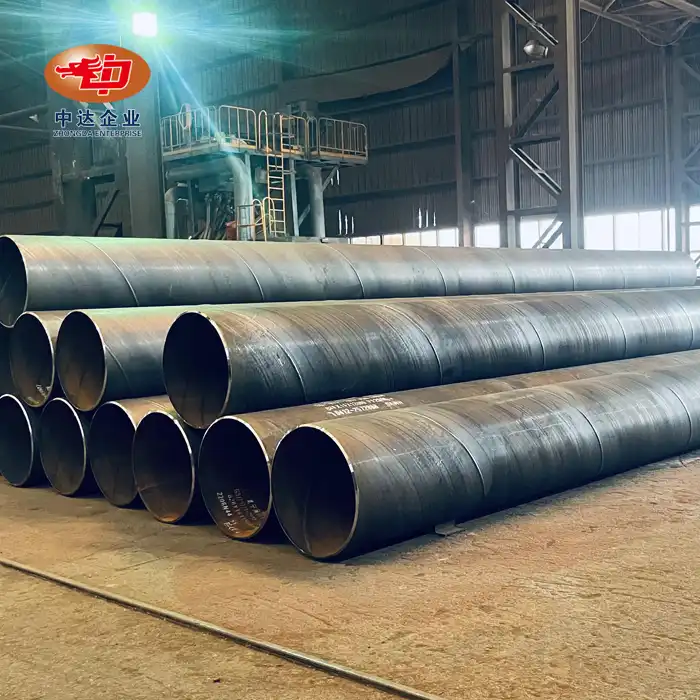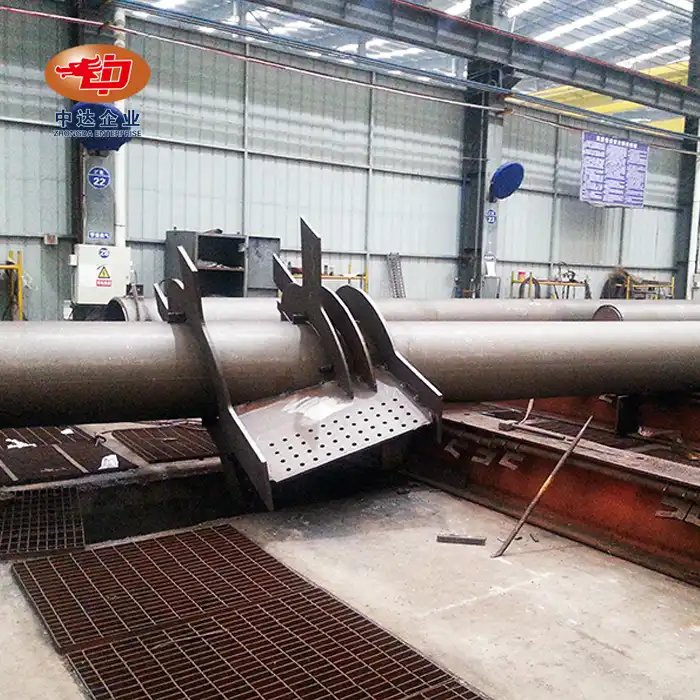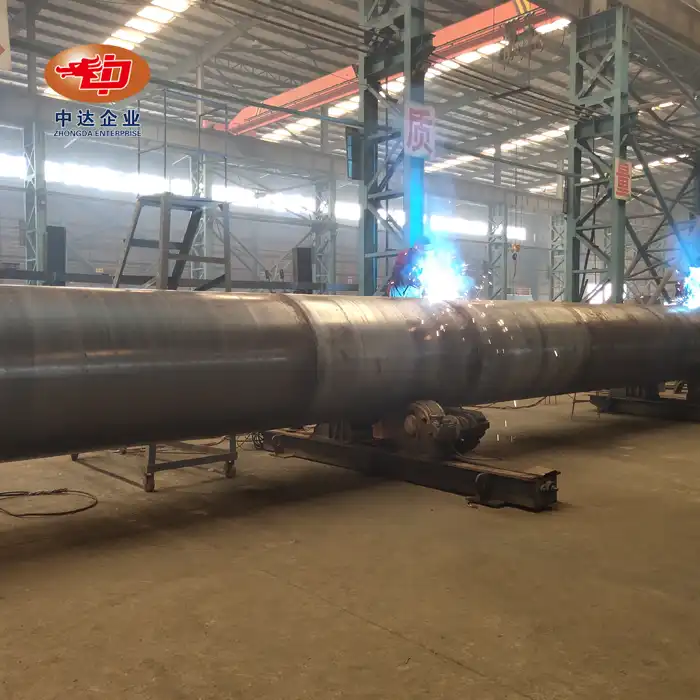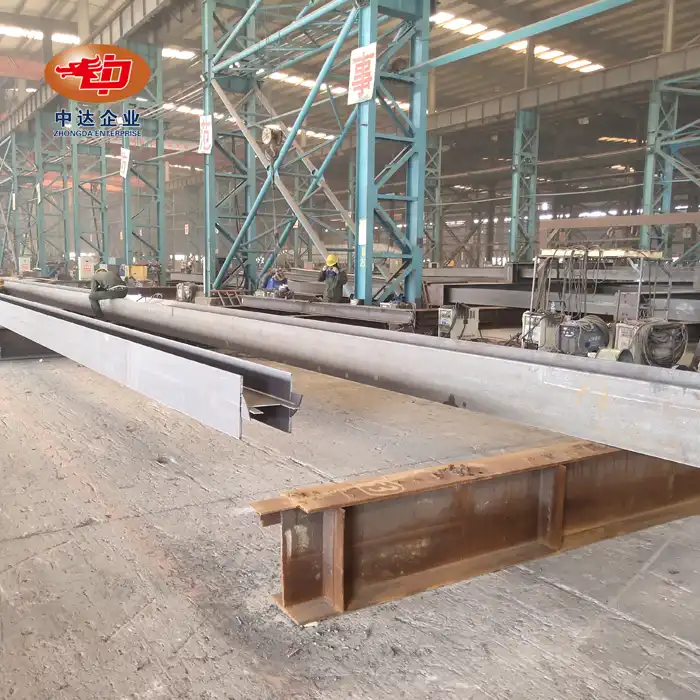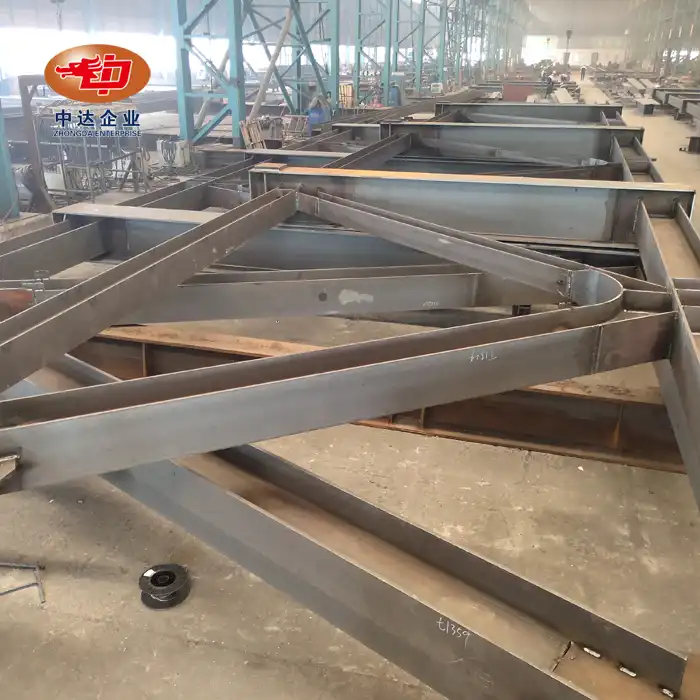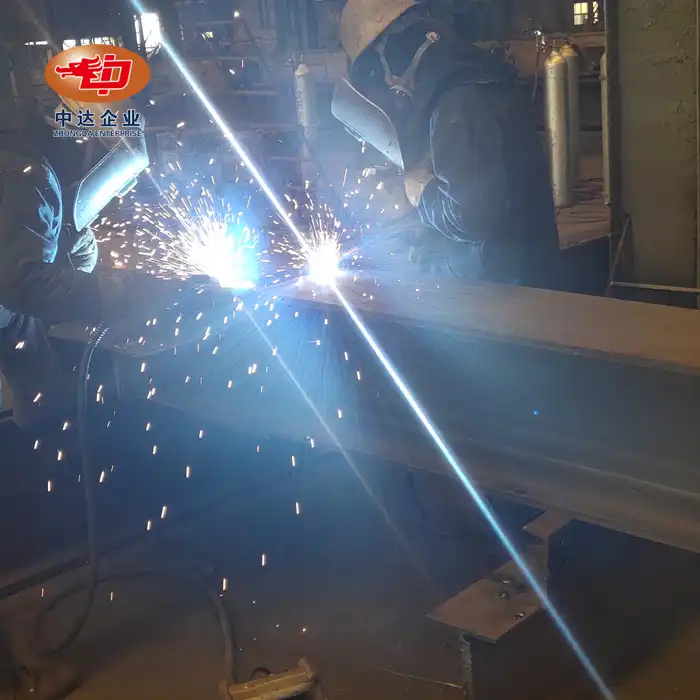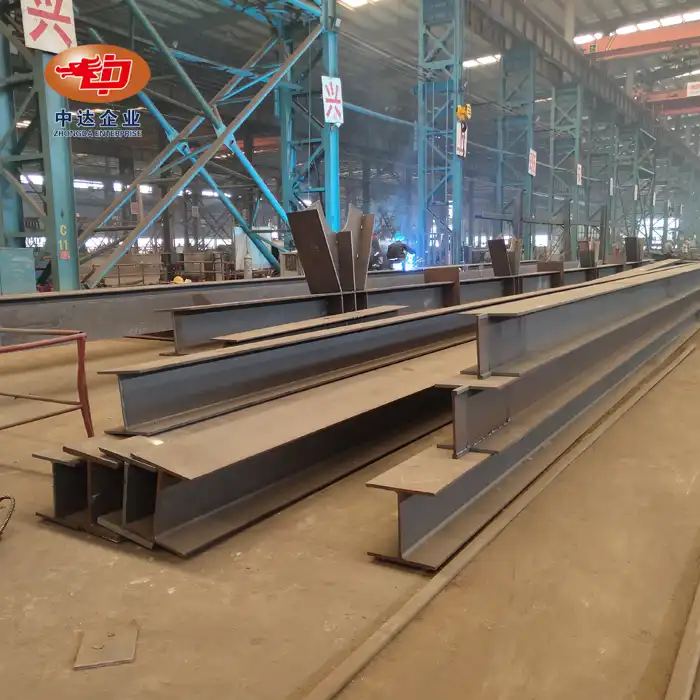Structural Principles of Space Frame Roofs
Geometry and Node Connections
Space frame roofs derive their strength from their three-dimensional truss-like structure. The geometry typically consists of interconnected tetrahedra or octahedra, forming a rigid network capable of distributing loads efficiently. At the heart of this system are the nodes, where multiple structural members converge. These connections play a crucial role in transferring forces and maintaining the roof's integrity.
Zhongda Steel's expertise in precision manufacturing ensures that each node and member meets exacting specifications, crucial for optimal load distribution. Their use of BIM-driven prefabrication further enhances the accuracy and efficiency of the assembly process.

Material Selection and Performance
The choice of materials significantly impacts the load-bearing capacity of space frame roofs. High-strength steel alloys are commonly used due to their excellent strength-to-weight ratio. Zhongda Steel's ultra-thick plate cutting technology, with a precision of ±0.2mm, allows for the creation of custom components that maximize structural efficiency while minimizing weight.
In harsh environments, such as coastal areas or regions with extreme temperature fluctuations, material durability becomes paramount. Zhongda Steel's -60°C Weathering Steel Anti-corrosion Technology provides exceptional resistance to environmental degradation, ensuring long-term structural integrity.
Load Path and Force Distribution
Understanding the load path through a space frame roof is essential for accurate load-bearing analysis. External forces, such as snow loads or wind pressure, are transferred through the roof's surface to the supporting structure below. The three-dimensional configuration of space frames allows for multiple load paths, distributing forces more evenly than traditional roof systems.
Advanced finite element analysis tools, coupled with Zhongda Steel's extensive experience in projects like Arctic bridges in Russia, enable precise modeling of load distribution under various scenarios. This ensures that each component is optimized for its specific role within the overall structure.
Design Considerations for Optimal Load-Bearing
Span-to-Depth Ratio Optimization
The span-to-depth ratio is a critical factor in the design of space frame roofs. A higher ratio generally results in a more efficient use of materials but may compromise stability under certain load conditions. Engineers must carefully balance these considerations to achieve the desired structural performance while meeting aesthetic and functional requirements.
Zhongda Steel's 120,000 m2 modern facility and 60,000-ton annual capacity allow for the production of custom components tailored to specific span-to-depth ratios, ensuring optimal performance for each unique project.
Dynamic Load Analysis
Large-scale buildings often experience significant dynamic loads, such as those caused by wind gusts or seismic activity. Space frame roofs must be designed to withstand these forces without excessive deformation or resonance. Advanced computer simulations and physical testing are employed to predict and mitigate potential dynamic issues.
Zhongda Steel's involvement in projects across diverse geographical locations, from Australia to Vietnam, has honed their expertise in designing space frame roofs that perform exceptionally under varied dynamic load conditions.
Thermal Expansion and Contraction
Temperature fluctuations can induce significant stresses in large roof structures. Space frame designs must accommodate thermal expansion and contraction to prevent damage and maintain structural integrity. This often involves the use of expansion joints and carefully engineered connection details.
The company's experience with extreme environments, such as Arctic conditions, has led to the development of innovative solutions for managing thermal effects in space frame roofs, ensuring reliable performance across a wide range of climates.
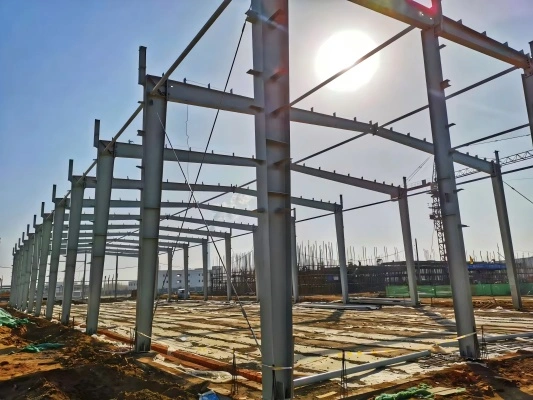
Performance Analysis and Optimization
Finite Element Modeling
Finite element analysis (FEA) is an indispensable tool in the load-bearing analysis of space frame roofs. This computational method allows engineers to simulate the behavior of complex structures under various load conditions, identifying areas of high stress and potential failure points. By iteratively refining the design based on FEA results, engineers can optimize the roof's performance and efficiency.
Zhongda Steel's integration of BIM technology with advanced FEA software enables a seamless workflow from design to fabrication, ensuring that the manufactured components precisely match the optimized structural model.
Full-Scale Testing and Validation
While computational analysis is powerful, full-scale testing remains an essential step in validating the performance of space frame roofs. Load tests on completed structures or representative sections provide valuable data on real-world behavior, including deflection patterns and stress distributions. These tests help verify analytical models and can reveal unforeseen issues before they become critical.
Zhongda Steel's commitment to quality is evident in their rigorous testing protocols, which often exceed industry standards. Their ISO 9001/14001/OHSAS 45001 certifications underscore their dedication to maintaining the highest levels of quality and safety in their space frame roof systems.
Long-Term Performance Monitoring
The longevity of space frame roofs in large-scale buildings depends on ongoing monitoring and maintenance. Advanced sensor systems can be integrated into the structure to provide real-time data on load distribution, deformation, and material fatigue. This information allows for proactive maintenance and can inform future design improvements.
Zhongda Steel's after-sales support includes comprehensive monitoring solutions, ensuring that their space frame roofs continue to perform optimally throughout their lifespan, protecting the significant investment made in these impressive structures.
Conclusion
Load-bearing analysis of space frame roofs in large-scale buildings is a complex yet fascinating field that continues to push the boundaries of architectural and engineering innovation. By leveraging advanced materials, cutting-edge design tools, and rigorous testing methodologies, companies like Zhongda Steel are enabling the creation of ever more ambitious and awe-inspiring structures. As our understanding of these systems deepens, we can look forward to even more efficient, resilient, and visually striking large-scale buildings that redefine what's possible in modern architecture.
Contact Us
Ready to elevate your large-scale building project with a state-of-the-art space frame roof? Zhongda Steel offers unparalleled expertise in designing, manufacturing, and installing high-performance structural solutions. Our team of skilled engineers and advanced manufacturing capabilities ensure that your project benefits from the latest innovations in load-bearing technology. Contact us today at Ava@zd-steels.com to discuss how we can bring your architectural vision to life with a space frame roof that combines strength, efficiency, and aesthetic appeal.











